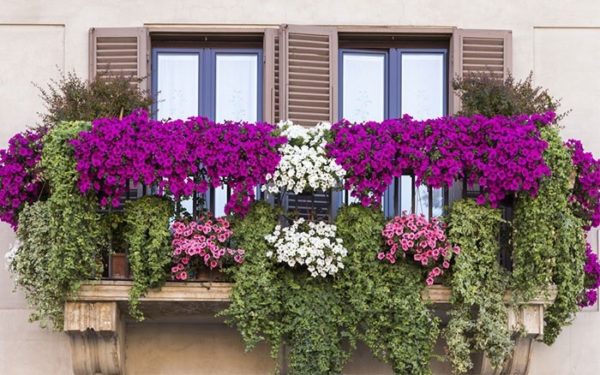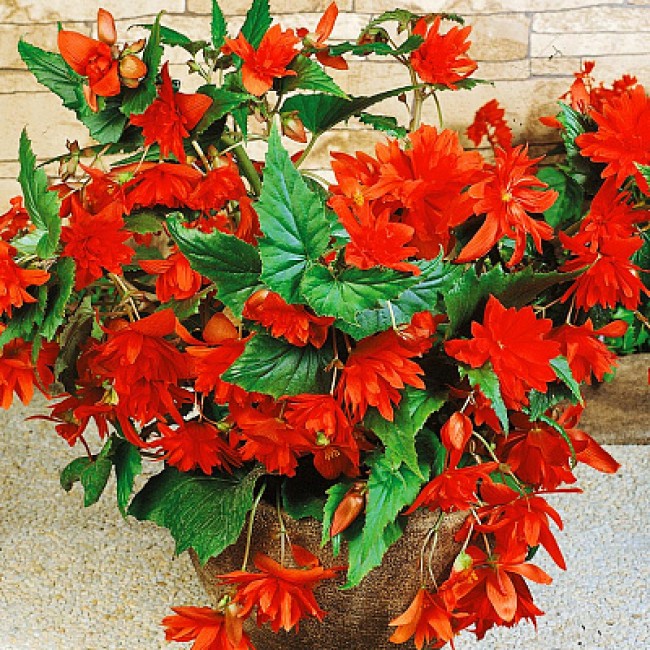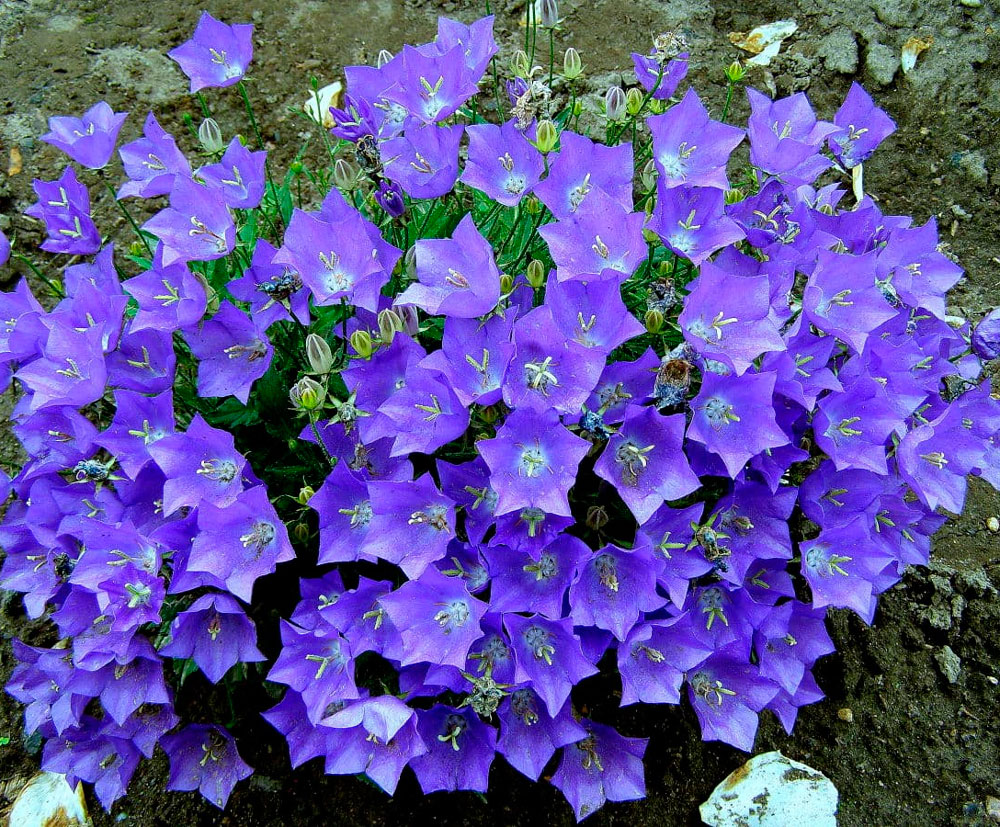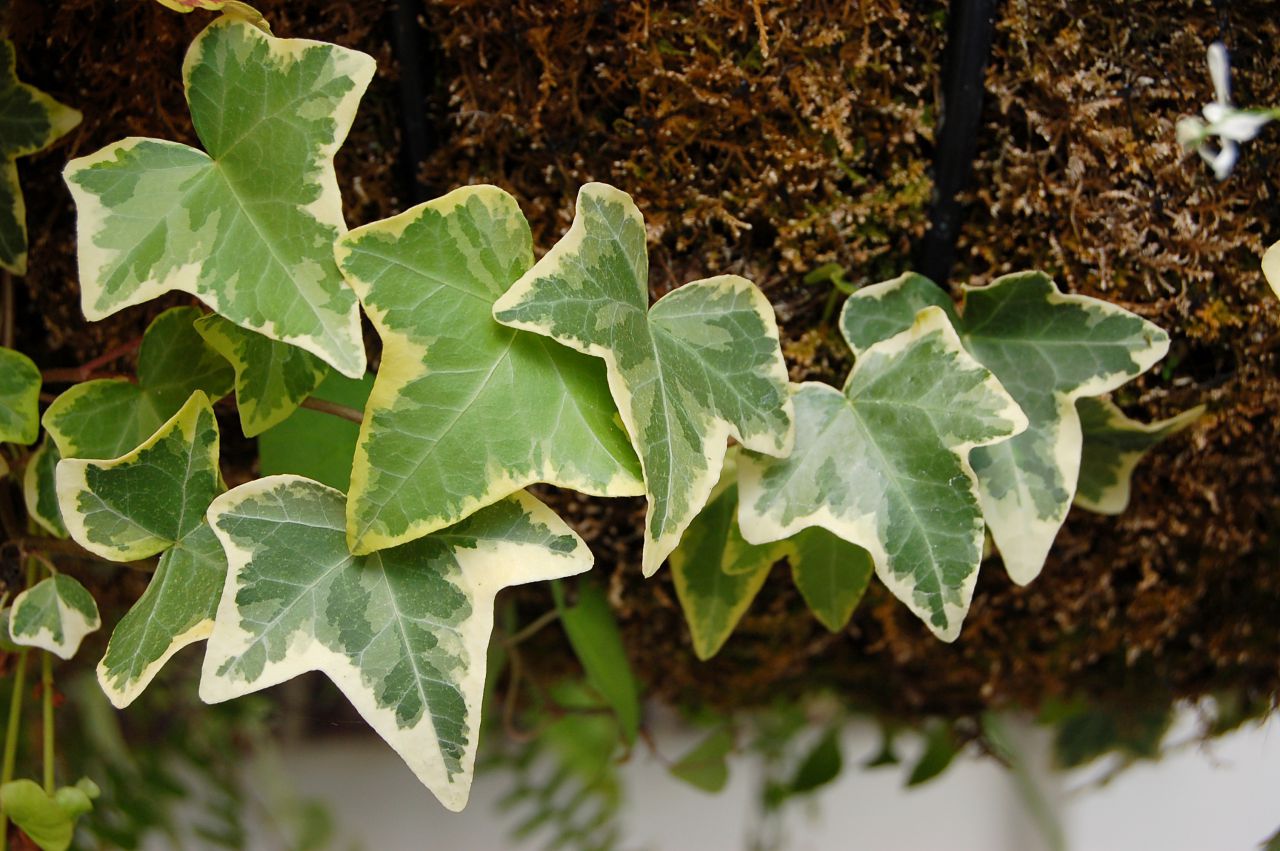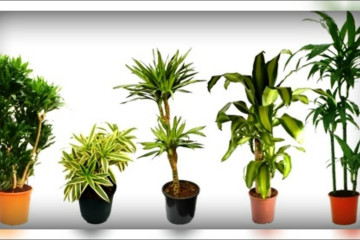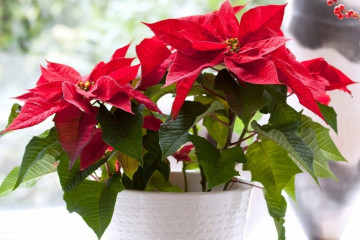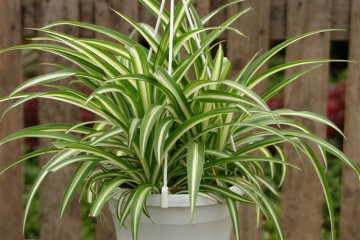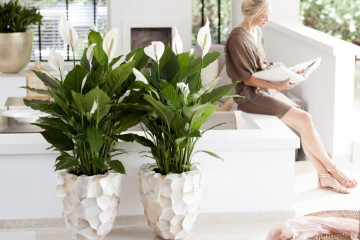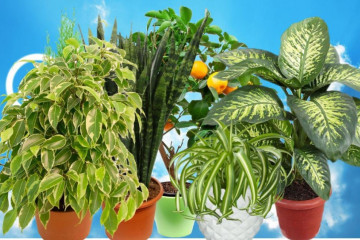Climbing houseplants and hanging vines
Content:
Climbing houseplants are widely used to create flower arrangements that decorate the room. In addition, with their help, the space is divided into zones, they are able to purify the air. A description of the plants will help you decide on the choice of an indoor flower.
There is a wide variety of loaches, differing from each other in appearance, shape of foliage, stems, which can be curly and straight. There are so many of them that you can name a loach for each letter of the alphabet.
Folk signs about curly flowers
Homemade loach flowers appear in signs. Therefore, people wonder whether or not to plant a certain flower. For example, it is believed that wax ivy keeps men out of the house, demanding attention only to themselves. Therefore, they are not recommended for young women.
It is believed that ivy attracts love and good luck, especially believers carried leaves in their pockets, closer to their chest.
It was believed that curly house flowers have magical properties, they protect the home from evil spirits. But you need to keep the loach on the balcony. Otherwise, evil spirits will constantly be present among the domestic inhabitants, poisoning their lives.
It is up to the florist to decide whether this is true or not. You can not blame all the failures only on the room dwellers, just as you can rely on them in times of trouble.
Indoor loach flower
The loach is a houseplant that has many species. Refers to ampel colors that require location at a height. In this regard, problems often arise associated with caring for indoor loach.
Appearance
Curly indoor flowers differ in appearance and care. If the plant does not bloom, attention is drawn to foliage of various shapes and colors. The stems of ampelous plants hang from pots raised above the floor, they are suitable for zoning a space.
Where to locate
House loach flowers should be lifted off the floor to allow the leaves to grow freely downward. There are pots and flowerpots that provide for the attachment of hanging plants to the ceiling or wall. If you believe the signs, then it is better to keep the loach at the entrance to the apartment, as a protector from ill-wishers. Almost all flowers are indifferent to sunlight.
There are two simple rules:
- If the leaves of the indoor representative of the flora have a pattern of light dashes, sticks, you need to put it closer to the window;
- When green shades are present, it feels good in partial shade.
Indoor vines
Indoor lianas are relatives of tropical plants. In their natural habitat, they grow upward, striving for sunlight. Plants find support on their own, clinging to adjacent branches with long, thin stems.At home, constructions are created for them, which are woven around the flowers, moving upward.
Blooming indoor lianas
Vine plants are subdivided into those capable of flowering and distinguished by their unique foliage.
Blooming representatives of the species are popular, they are more capricious, look spectacular with proper care.
Begonia ampelous
Begonia is distinguished by asymmetrical foliage and bright colors of various shades. Proper care will allow you to decorate not only the apartment, but also the gazebo and veranda. Ampelous begonia belongs to the Vyunkov family, blooms magnificently, loves warmth. Hibernates at temperatures not lower than 15 degrees.
The rules will help create comfort for the bindweed:
- The flower is protected from direct sunlight;
- Create high air humidity, avoid excessive watering;
- The leaves of the plant are not sprayed.
Diplomatic property (mandeville)
Despite the moodiness of the diplomatic, it is popular among gardeners. The plant has dense glossy leaves, flowers resembling a funnel. They differ in color: they can be white, pink or crimson.
In order for the plant to please with abundant flowering, it is necessary to create conditions that are as close to natural as possible:
- Provide access to sunlight;
- The temperature in summer should be from 22 to 26 degrees, in winter not below 12;
- Ventilate the room often;
- Water 2-3 times a week, waiting for the top layer of the earth to dry out. Moisten the soil daily during the heat;
- Maintain high humidity in the room.
Morning glory room
Morning glory has funnel-shaped flowers that are pink or purple in color. Loves bright, indirect light, lives in partial shade. The most comfortable temperature is 20 degrees Celsius. At values below 15, it starts to fade. In late spring - in the summer they water more often, there is no need to wait for the soil to dry completely.
Campanula (indoor bell)
The indoor bell has many types, differing in the shape of the leaves and the color of the flowers. They are small and have different shades. There are white, blue, pink, purple, blue flowers.
When growing the plant, avoid direct bright light, but provide constant access to the sun. In summer, it lives at a temperature of 20 degrees. In winter, he is provided with a coolness of about 10 degrees Celsius.
It is necessary to constantly humidify the air in the room and the soil, make sure that the water in the pot does not stagnate.
Hanging indoor vines
Indoor vines are able to grow not only up, but also down, then they are called hanging or creeping.
Scindapsus (epipremnum)
Scindapsus is popular among flower growers due to its unpretentious nature. It can live in partial shade, it exists comfortably without the sun. Feels good at any temperature, the main thing is that it is above 15 degrees. Requires moderate watering in summer and rare in winter. Dislikes drafts and temperature changes.
Syngonium
Syngonium is classified as a fast-growing plant; the leaf is compared in shape to an arrowhead. This perennial plant is unpretentious to light conditions and temperature conditions. The flower loves water and is afraid of drafts.
The main thing is that the liquid does not stagnate at the roots. In winter, water is not often watered, you can spray the leaves.
Tradescantia
Tradescantia is a herbaceous plant whose small leaves can be green or variegated in color. The flowers have three petals and are formed at the ends of the branches, usually pink or white in color.
Care rules:
- Create partial shade or diffused light;
- Water often, after the top of the pot has dried out;
- Keep at a temperature of 25 degrees, in winter, make sure that it does not fall below 12;
- Feed in spring and summer every 2 weeks.
Hedera (common ivy)
Common ivy is used for zoning a room, creating hedges. Leaves are green in various shades with light veins. The flowers do not attract attention and are small in size.
Hedera is a shade-tolerant plant that prefers coolness. In winter, it can withstand temperatures up to 6 degrees Celsius, it is not afraid of drafts. Loves moisture, in the cold season, watering is not needed when kept outdoors or on a balcony.
Hoya (wax ivy)
Hoya leaves are dense and waxed. They have different shapes, depending on the type of plant. May be oval, heart-shaped, or egg-shaped. The color is green with small light spots. It has flowers with five petals, they grow like umbrellas.
Eschinanthus
Aeschinanthus is distinguished by inverted bright red flowers. Loves light, except for direct rays of the sun. Does not tolerate temperature extremes. In summer, it lives at 23-25 degrees, in the cold season - at 16-18.
Indoor vine plants
Braids can attach themselves to nearby objects and other flora, taking up space around them.
Creeping ficus (dwarf, ampelous)
The creeping ficus has long roots, which help it weave webs and spread among neighboring flowers. It is a house plant with small, ivy-like, heart-shaped leaves that are patterned in a grid pattern.
The plant prefers high humidity and is able to survive in light frost.
Jasmine
Jasmine has thin stems that need support in order to grow further. White, yellow, or pink flowers appear one at a time or are gathered in umbrellas. Loves high humidity and an average room temperature of at least 12 degrees.
Philodendron climbing
Philodendron has roots in the air, which allows it to spread throughout the room. The stem gradually hardens, the heart-shaped leaves are velvety to the touch. Loves moist potted soil, diffused sunlight. Prefers spraying, hibernates in cool rooms.
Monstera
Monstera is a plant with large, rugged leaves. Can grow to the ceiling, requiring a lot of space. With aerial roots, it is able to attach to a rough wall. The plant loves warmth and is undemanding to lighting. Monstera prefers abundant watering with warm soft water. It is necessary to carefully care for the leaves by wiping them with a damp cloth.
Unpretentious climbing indoor plants
The home loach flower is considered an unpretentious plant. Some of the representatives are indifferent to light, others to temperature.
Even beginner growers can easily cope with some of them.
Cissus (indoor birch)
Cissus is a vine, which has a different name, birch. Leaves can be whole or with cuts. It grows upward, clinging to the support with its antennae. At home, it blooms rarely and inconspicuously. Feels good at temperatures from 18 to 26 degrees, does not like drafts. The plant prefers diffused light and abundant watering.
Hoya (wax ivy)
Hoya is unpretentious, prefers warmth. In summer, it is comfortable at temperatures up to 30 degrees. In winter, it is important that the thermometer does not drop below 15. Does not like direct sunlight and requires moderate watering. In winter, moisten after complete drying of the top layer of the soil.
Climbing indoor plants are popular with flower growers. Even novice housewives can cope with their cultivation, some plants do not require careful maintenance and live comfortably at medium temperatures. Blooming and deciduous ornamental plants decorate the room and are an important element of the decor. Many of them are capable of creating fences, dividing the room into parts.Which flower to choose depends on the conditions in the apartment and the experience in caring for indoor flora.

